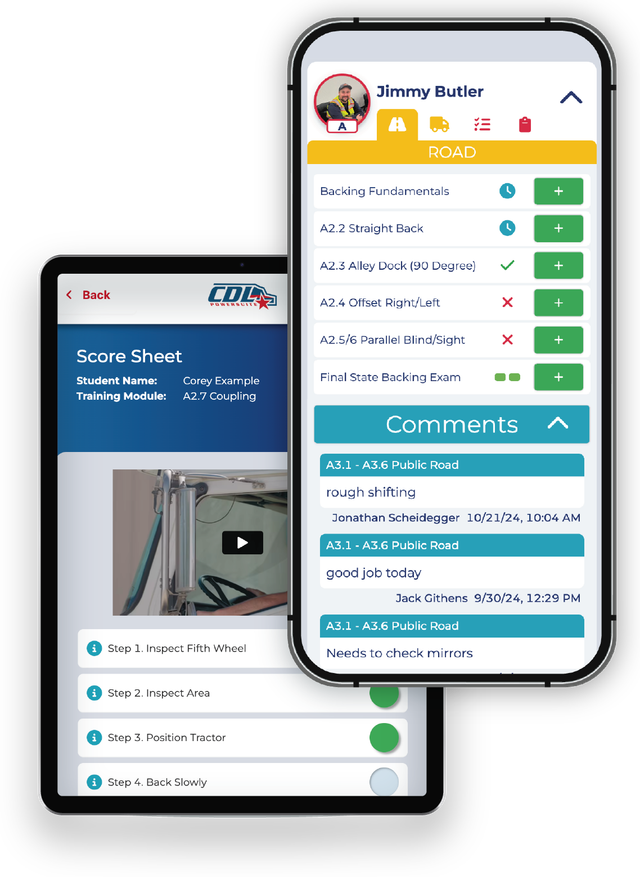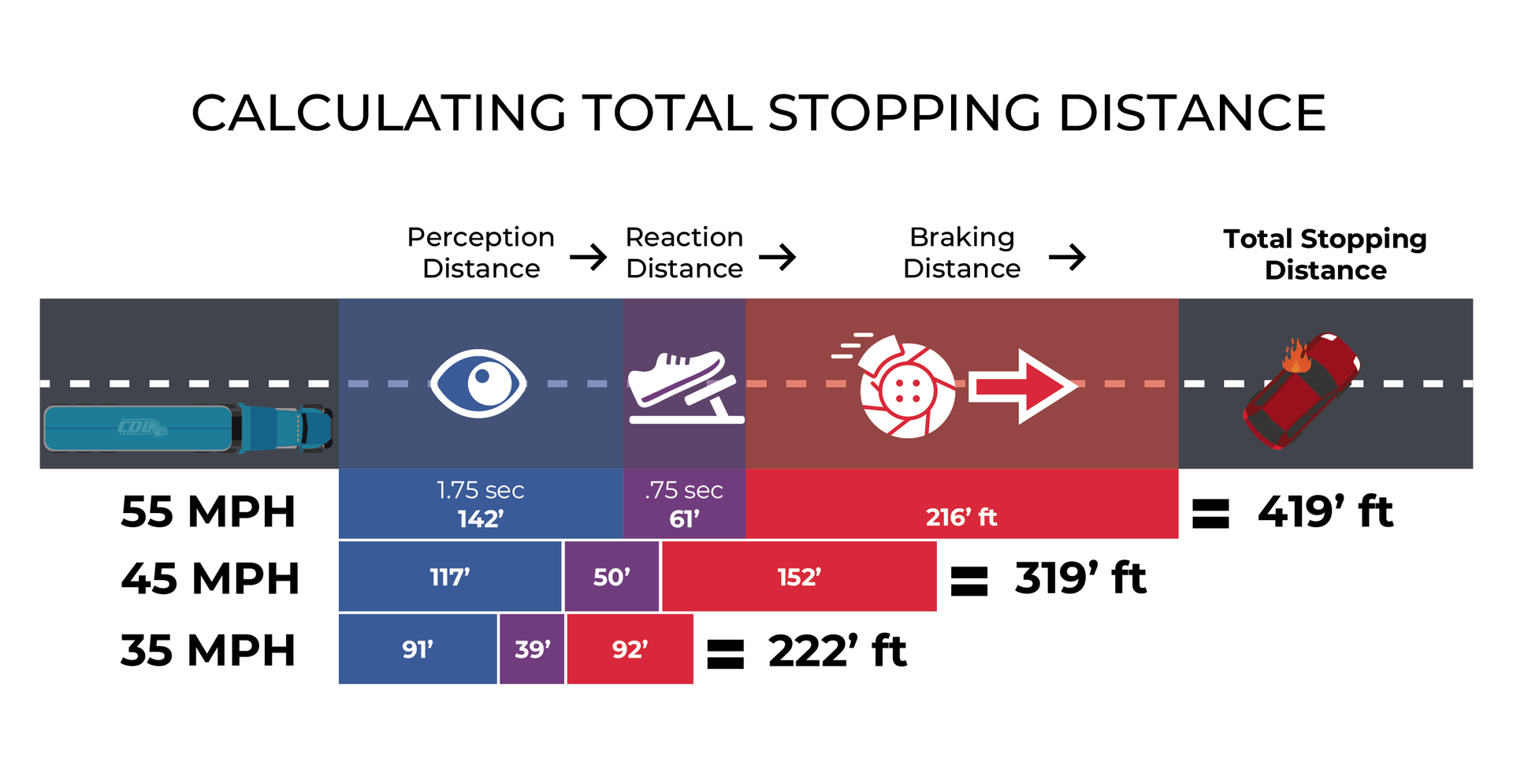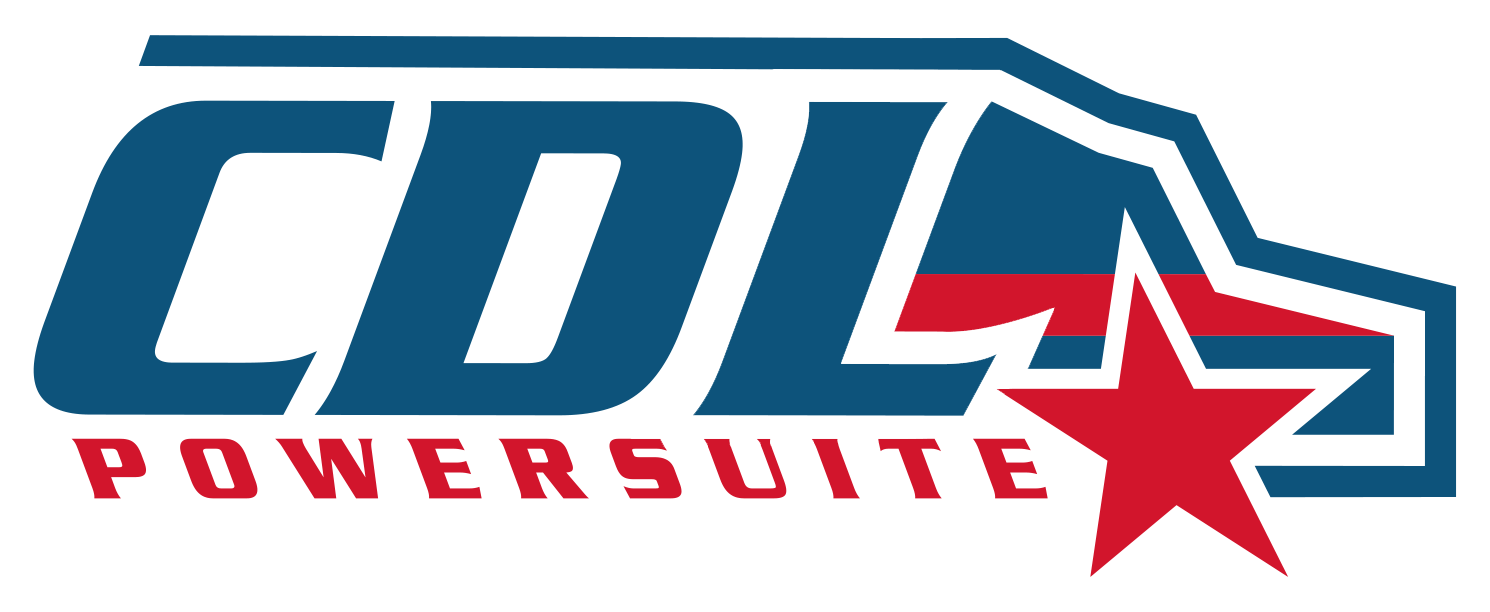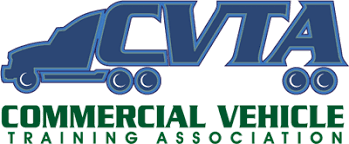The Significance of Covering All FMCSA-Required Training Units
Jason Boudreau • January 13, 2025
The FMCSA’s ELDT requirements outline detailed curricula that training providers must follow. These include specific skills and knowledge areas that must be demonstrated by the trainee during Road and Range training, such as:
- Vehicle Inspections: Pre-trip, post-trip, and en route.
- Basic Control Skills: Backing, turning, and maneuvering the vehicle.
- Safe Driving Practices: Lane changes, speed management, and hazard awareness.
- Emergency Maneuvers: Proper braking techniques and recovery from skids.
- Range Exercises: Low-speed maneuvers and coupling/uncoupling trailers.

Each of these training units must be thoroughly covered to ensure trainees meet the minimum competency standards required by the FMCSA.
The Importance of Proper Documentation
Properly documenting the completion of each training unit is critical for compliance and audit preparedness. Training providers must:
Track Student Progress:
- Maintain records of each training session, including the specific skills practiced and the time spent on each unit.
- Use structured checklists to ensure all FMCSA-mandated topics are covered.
Record Proficiency:
- Have instructors assess and sign off on each unit, certifying that the student has demonstrated proficiency.
- Clearly denote “proficient” status for each skill to meet FMCSA standards.
Organize and Retain Records:
- The FMCSA requires training providers to retain these records for at least three years.
- Proper documentation ensures that providers can produce comprehensive training logs in the event of an audit.
FMCSA audits are rigorous, with a focus on ensuring all required training units are covered and properly documented. During an audit, inspectors will:
- Verify that the training provider’s curriculum aligns with FMCSA regulations.
- Review records to confirm that each required training unit was completed.
- Check for instructor sign-offs and timestamps to validate the authenticity of the records.
Failing to meet these documentation standards can result in fines, operational delays, or even suspension of training provider status.
Conclusion
Properly documenting FMCSA-required training units for Road and Range training is essential for maintaining compliance and preparing for audits. By ensuring all required topics are covered, tracking trainee progress, and obtaining instructor sign-offs, CDL training providers can demonstrate their commitment to excellence and regulatory adherence. Leveraging digital tools can further streamline this process, providing confidence that records are accurate, secure, and audit-ready.
The CDL PowerSuite Solution
How Proficiency is Recorded Through Training Modules:
Training Module and Proficiency Record Keeping:






